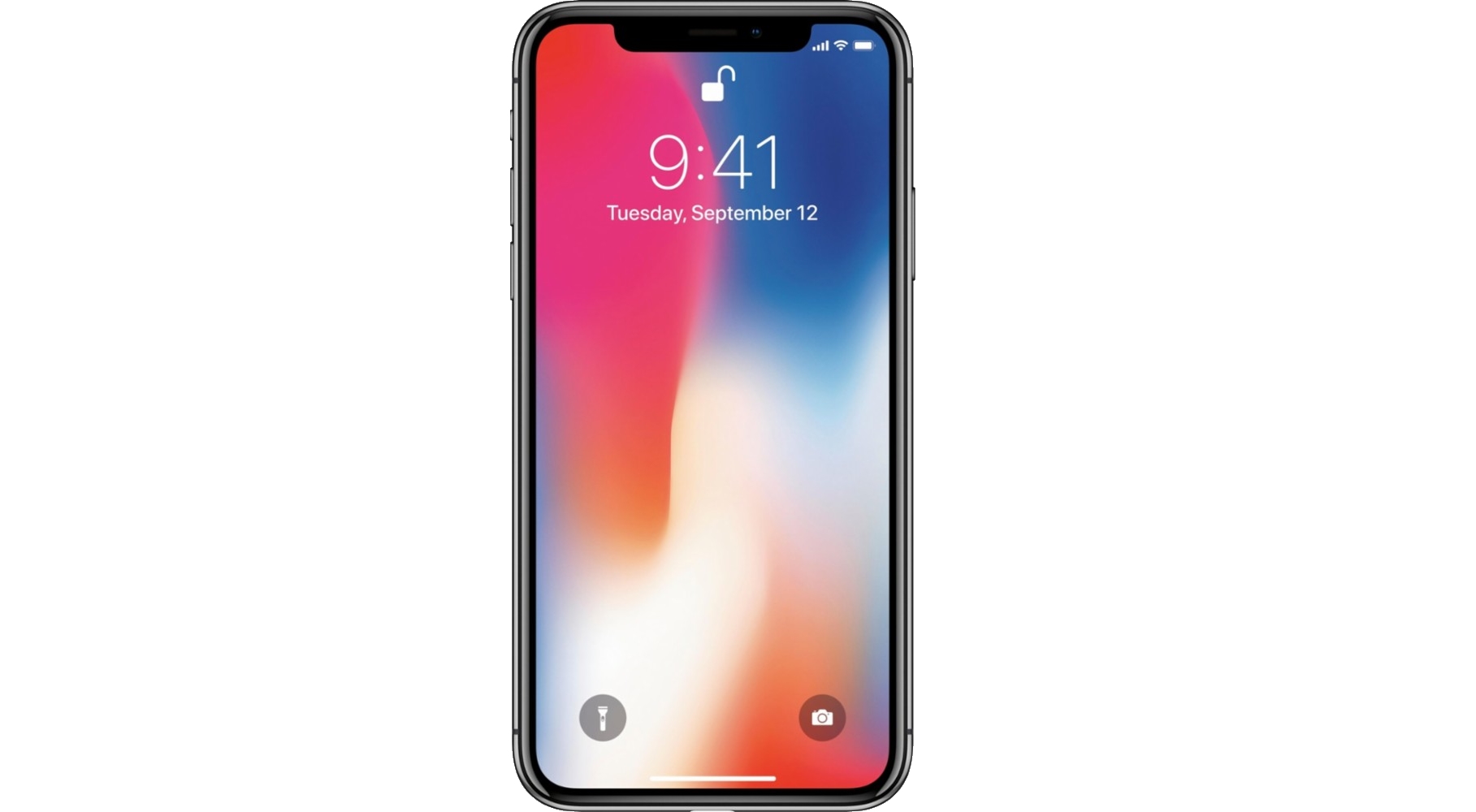Global smartphone sales fall for the first time
Gartner figures show first ever drop in worldwide sales, but Apple and Samsung increase market share

At the same time the world of mobile descends upon Barcelona for Mobile World Congress (MWC), Gartner has reported the first ever fall in the sales of smartphones.
During the fourth quarter of 2017, sales reached 408 million units – a decrease of 5.6 percent. Both Samsung and Apple saw their market share increase, but overall shipments fall as only Chinese manufacturers Xiaomi and Huawei recorded growth.
Analysts say that some extenuating circumstances contributed to the drop and that it should be business as normal for the first quarter of 2018, but expensive handsets have led to a change an user habits.
Smartphone sales drop
"Two main factors led to the fall in the fourth quarter of 2017," said Anshul Gupta, research director at Gartner. "First, upgrades from feature phones to smartphones have slowed down due to a lack of quality ‘ultra-low-cost’ smartphones and users preferring to buy quality feature phones.
“Second, replacement smartphone users are choosing quality models and keeping them longer, lengthening the replacement cycle of smartphones.
“Moreover, while demand for high quality, 4G connectivity and better camera features remained strong, high expectations and few incremental benefits during replacement weakened smartphone sales.”
Samsung maintained its position at number one and its market share even increased from 17.8 per cent to 18.2 per cent. However shipments fell from 76.8 million to 74 million despite strong sales of the Samsung Galaxy S8 helping increase the average selling price.
Sign up to the TechRadar Pro newsletter to get all the top news, opinion, features and guidance your business needs to succeed!
Apple is still number two with 73.2 million shipments, down from 77 million, but its market share also rose from 17.8 percent to 17.9 percent. Gartner said Apple’s situation was harmed by component shortages affecting supply of the iPhone X, while its later release than the iPhone 8 meant many customers delayed their upgrades.
“We expect good demand for the iPhone X to likely bring a delayed sales boost for Apple in the first quarter of 2018,” added Gupta.
Huawei cemented its position as the world’s third largest smartphone manufacturer with sales rising from 40.8 million to 43.9 million and its market share jumping from 9.4 percent to 10.8 percent.
Xiaomi benefited from strong demand in its homeland and elsewhere to more than double its market share. Sales rose from 15.8 million to 28.2 million and market share increased from 3.6 percent to 6.9 percent.
"Future growth opportunities for Huawei will reside in winning market share in emerging APAC and the US," concluded Gupta. "Xiaomi's biggest market outside China is India, where it will continue to see high growth. Increasing sales in Indonesia and other markets in emerging APAC will position Xiaomi as a strong global brand."
This week’s MWC will see the launch of the Samsung Galaxy S9 alongside new handsets from Huawei, Sony and others.
- Check out the best mobile deals for February 2018
MWC (Mobile World Congress) is the world's largest exhibition for the mobile industry, stuffed full of the newest phones, tablets, wearables and more. TechRadar is reporting live from Barcelona all week to bring you the very latest from the show floor. Head to our dedicated MWC 2018 hub to see all the new releases, along with TechRadar's world-class analysis and buying advice about your next phone.
Steve McCaskill is TechRadar Pro's resident mobile industry expert, covering all aspects of the UK and global news, from operators to service providers and everything in between. He is a former editor of Silicon UK and journalist with over a decade's experience in the technology industry, writing about technology, in particular, telecoms, mobile and sports tech, sports, video games and media.